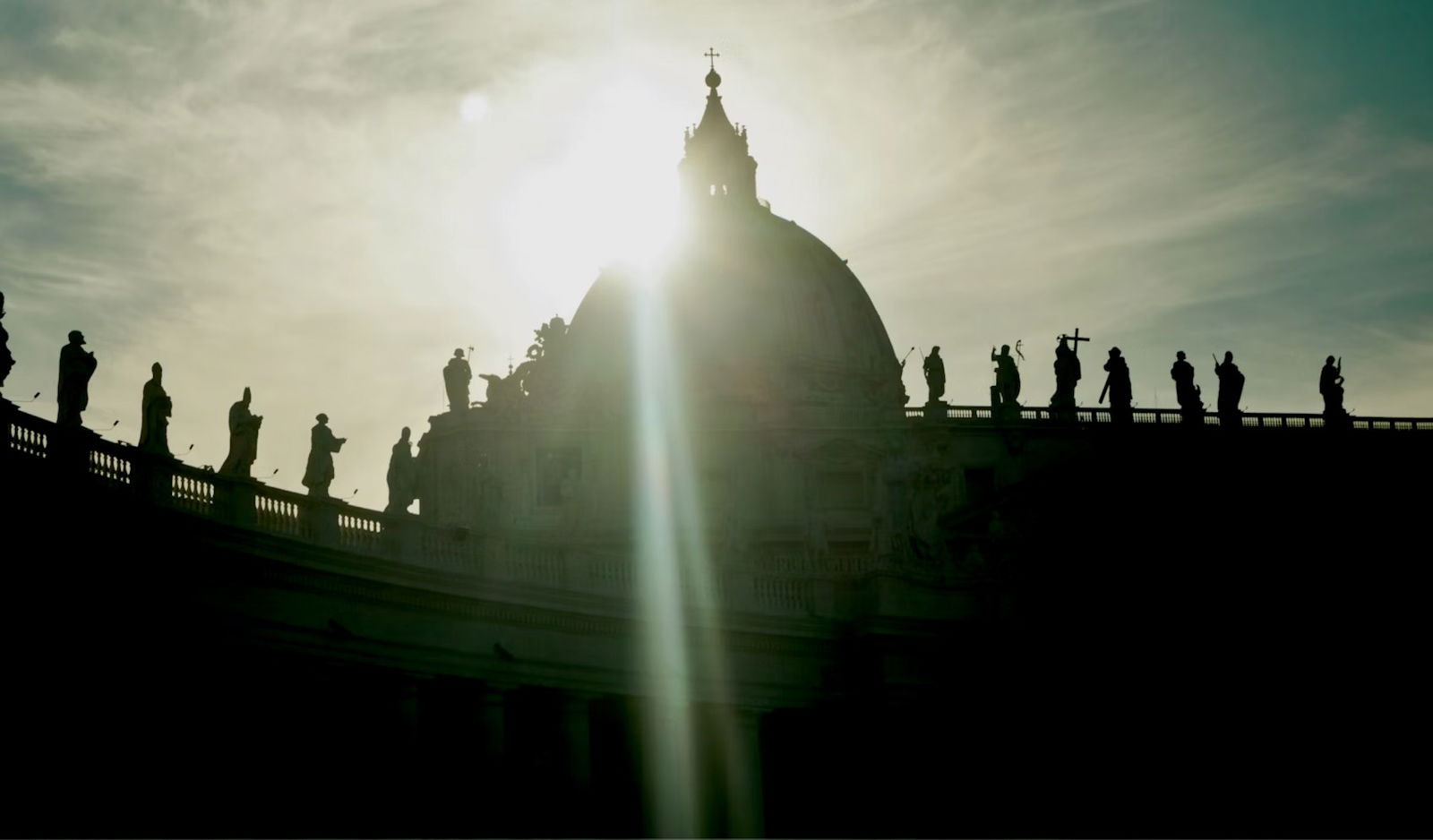The Vatican has updated its process for evaluating visions of the Virgin Mary and other alleged supernatural phenomena in a new effort to prevent abuses and modernize its approaches amid the proliferation of digital technologies.
The announcement, made during a press conference in Rome last week, represents the first update to the Vatican’s procedures since 1978 and highlights growing concerns about the exploitation of people’s beliefs using technology. However, the new guidelines presented on Friday emphasize caution against making definitive declarations that discount such phenomena unless clear indications of fabrication can be discerned.
The revised norms presented on Friday focus on the moral issues involved in the exploitation of people’s faith through the presentation of alleged supernatural experiences, which can be punishable under canonical law.
Traditionally, the Catholic Church has investigated claims involving various forms of supernatural phenomena, some of which have historically impacted the faith. Among the most famous examples include a series of purported Marian apparitions witnessed by three shepherd children at the Cova da Iria in Fátima, Portugal, in 1917.
Decades later, a group of six children in Medjugorje, Bosnia and Herzegovina, claimed to have also seen and communicated with the Virgin Mary over several days in the summer of 1981, during a series of apparitional visions in which she purportedly appeared with the Infant Christ in her arms.


Although Pope Francis has expressed support for what the Church considers established Marian apparitions, he is more skeptical of claims like those associated with Medjugorje. The Pope also advocates Marian devotion through more conventional means rather than communication through messages or other observations of alleged supernatural phenomena.
The text presented at the Vatican on Friday states that “as a rule, neither the Diocesan Bishop, nor the Episcopal Conferences, nor the Dicastery will declare that these phenomena are of supernatural origin,” although adding that “the Holy Father can authorize a special procedure in this regard” under circumstances where such authorization may be deemed necessary.
“It happens that some bishops are very involved, even passionate, about a phenomenon, and they want to declare that it is supernatural, that it comes from God, that everyone wants to and must believe,” said Cardinal Victor Manuel Fernández, prefect of the Dicastery for the Doctrine of the Faith, during Friday’s press conference.
“Others, on the other hand, get angry and want to declare that it does not come from God at all,” Fernández added, saying that declarations of the supernaturality of events “is complex and also brings us many problems.”
Fernández advised that a declaration of Nihil obstat, a measure traditionally used by the Church to formally declare there are no objections to a proposed action, would be “the most important thing” under such circumstances.
“This ‘Nihil obstat’ declaration allows the bishop to grasp all that can be positive,” Fernández said on Friday, “and to use this good experience for the good of his faithful.”
The new processes, while eliminating the church’s role in making definitive supernatural declarations, outline six potential outcomes. These include the noncommittal “Nihil obstat” outlined by Fernández on Friday, although in some instances, a public statement may also be issued against adherence to various alleged phenomena.
Additionally, the faithful are not obliged to accept certain events as supernatural, granting them more freedom to choose which purported phenomena they may believe in. However, past determinations made by the Church on recognized supernatural events like those at Fatima remain unaffected by the newly updated guidelines.
Overall, the new measures aim to allow the faithful to engage with phenomena without having to feel compelled to necessarily endorse them as valid supernatural occurrences. The Church will now also require Vatican approval of recommendations made by bishops involving purported appearances of apparitions.
The new measures convey a more skeptical shift by Church authorities in light of recent technological advancements that could help to facilitate online hoaxes. However, the Church also appears to be aiming to reduce the potential for unwanted byproducts of supernatural determinations, acknowledging that the Vatican’s own back-and-forth determinations on the legitimacy of apparitions over time have caused confusion among the faithful.
Despite the Church’s renewed wariness toward recognition of alleged supernatural events, fewer than 20 apparitions have ever been approved by the Vatican in all its history.
“What was decided in the past has its value,” Fernández said during Friday’s event.
“What was done remains,” he added.
Micah Hanks is the Editor-in-Chief and Co-Founder of The Debrief. He can be reached by email at micah@thedebrief.org. Follow his work at micahhanks.com and on X: @MicahHanks.

